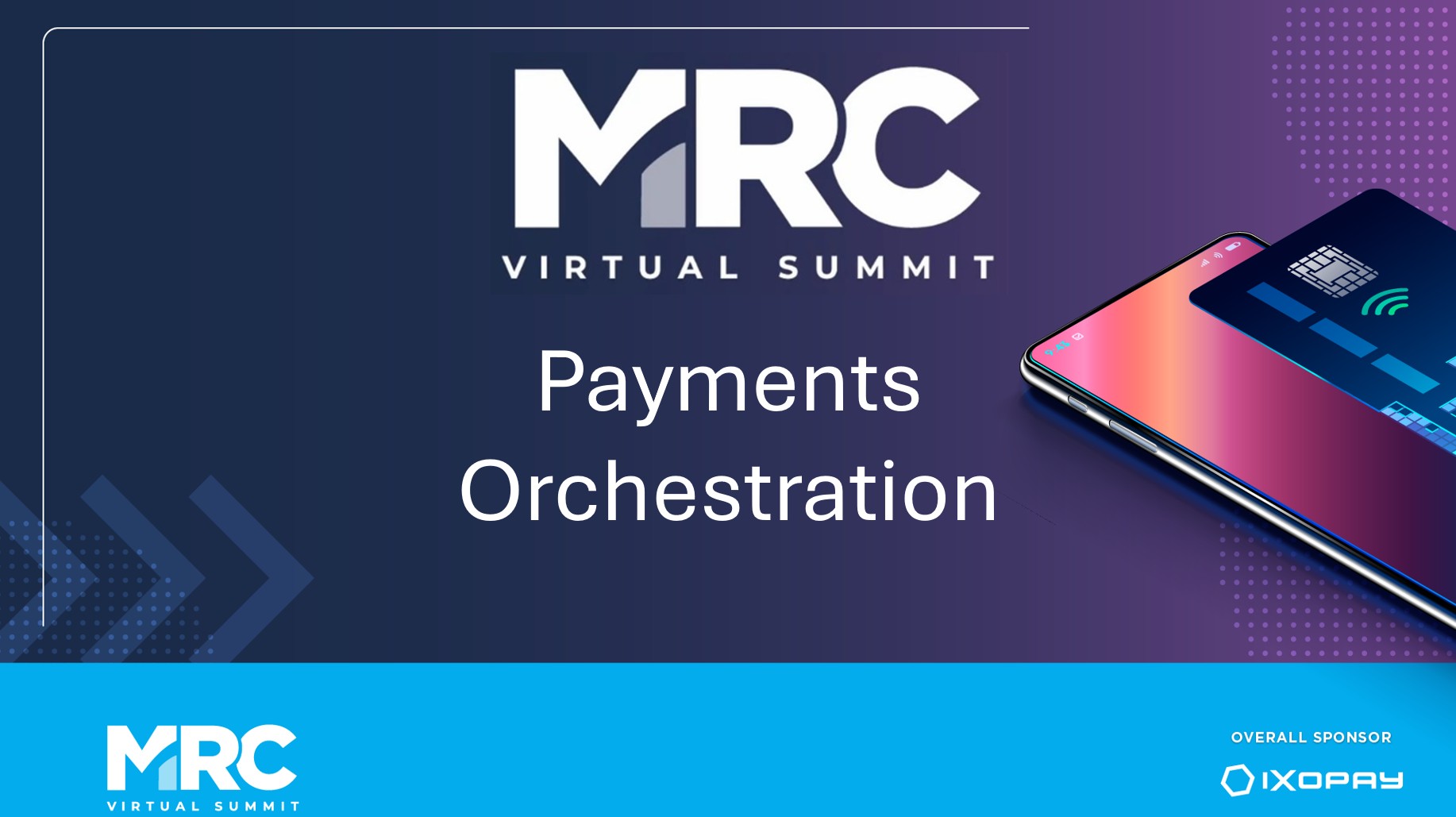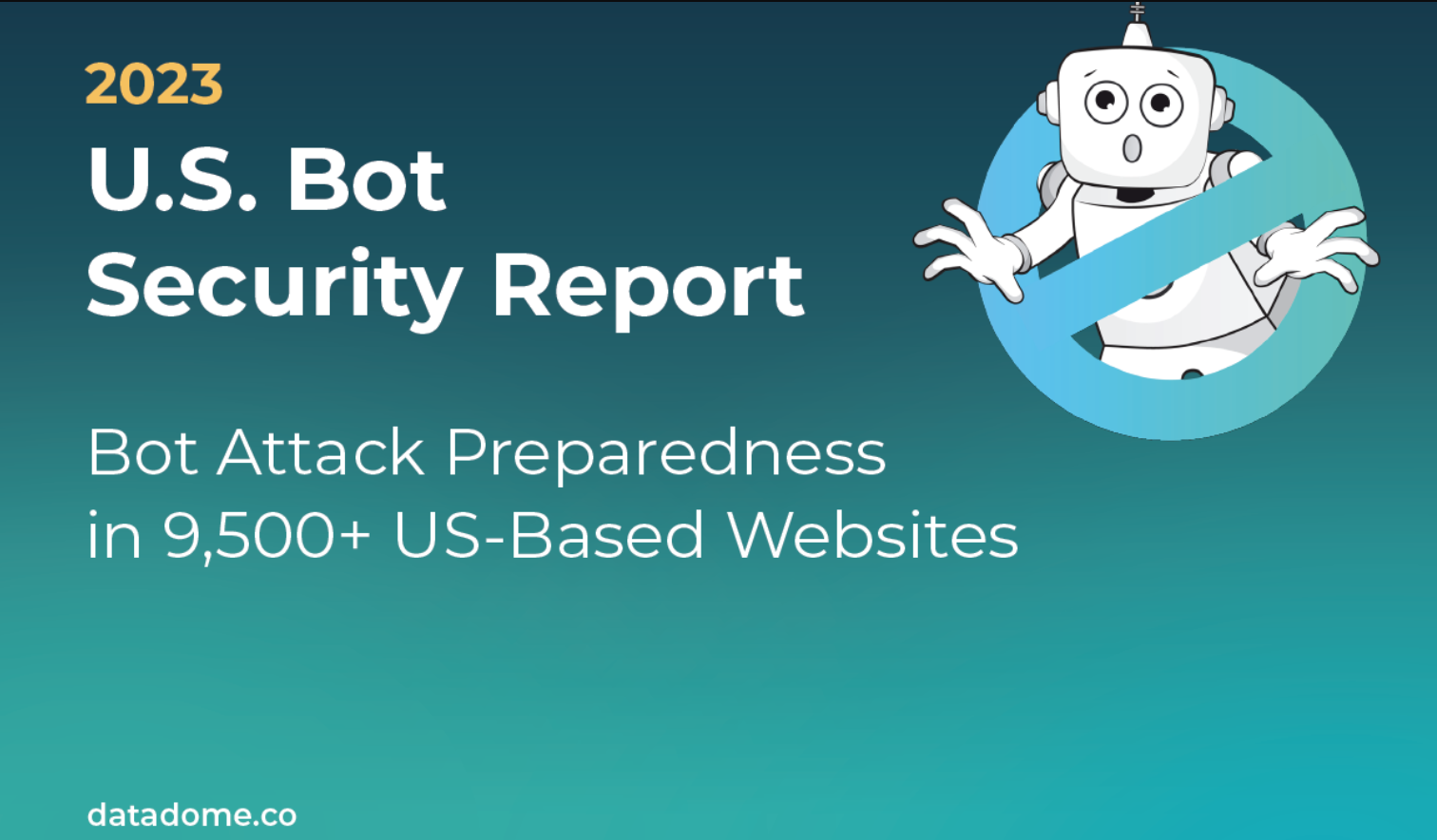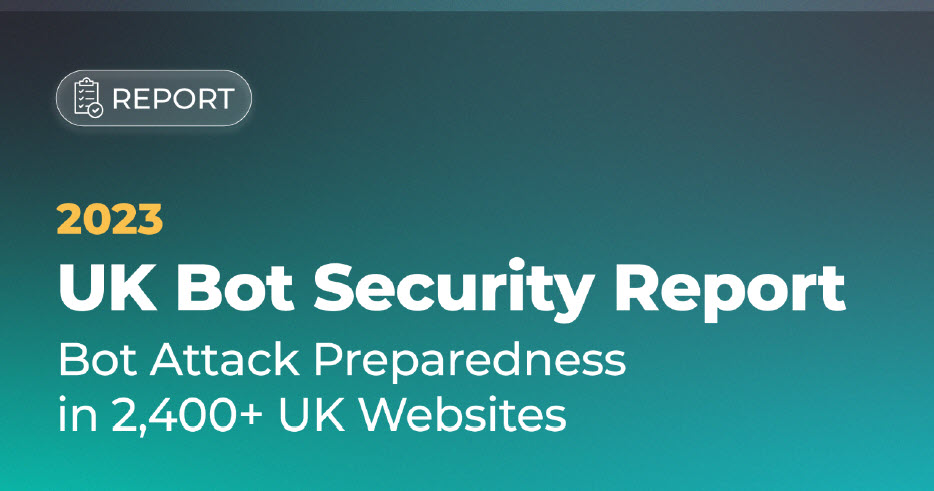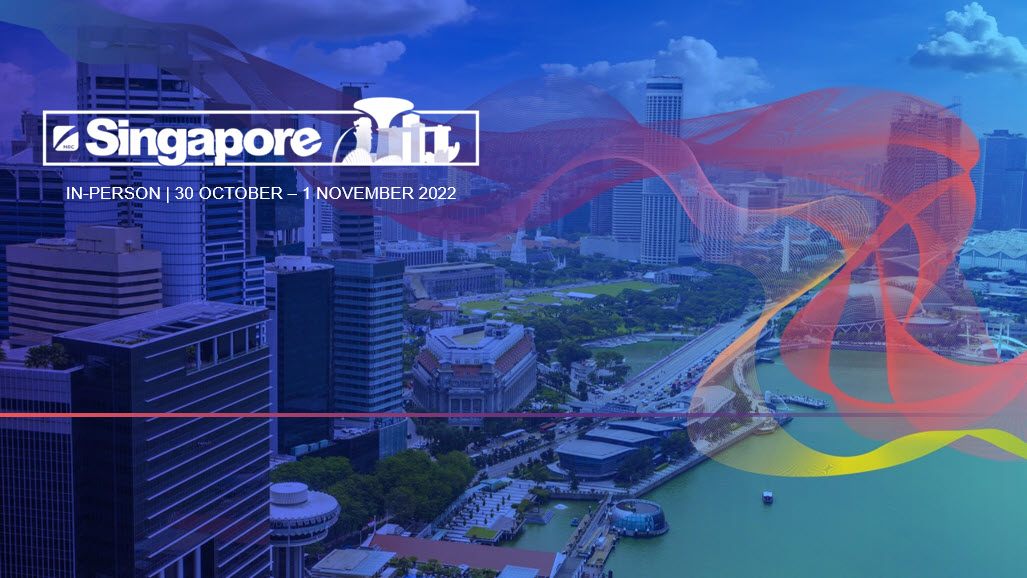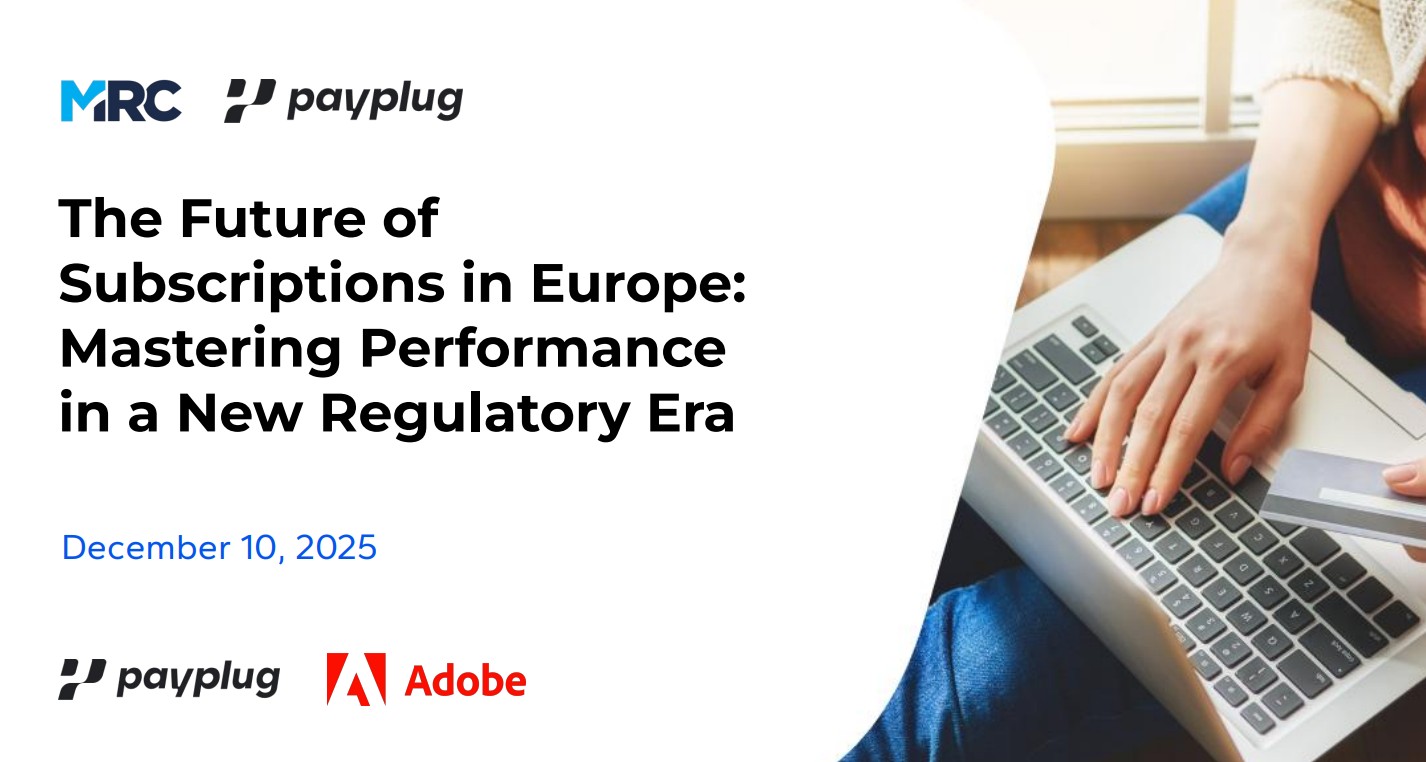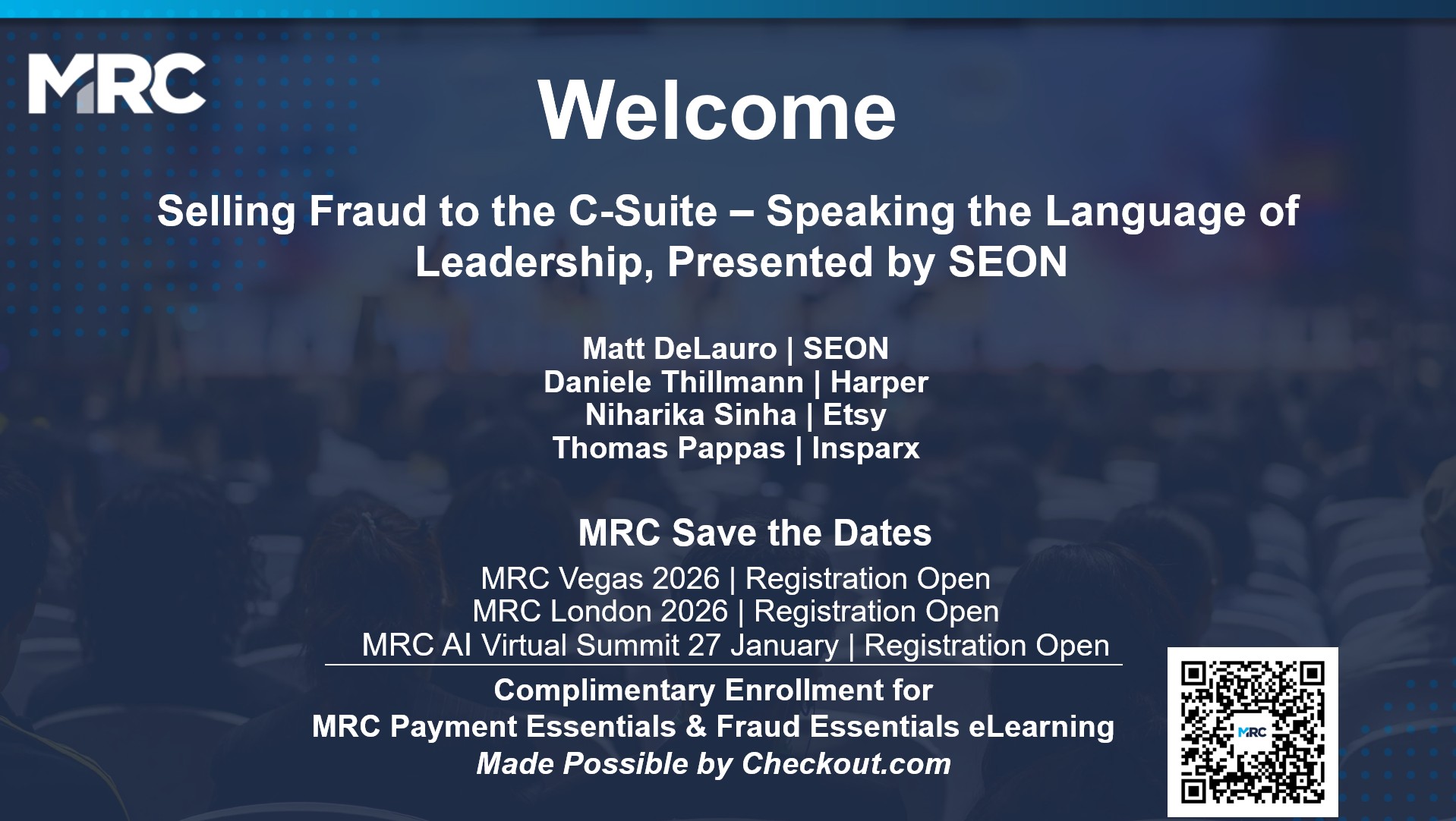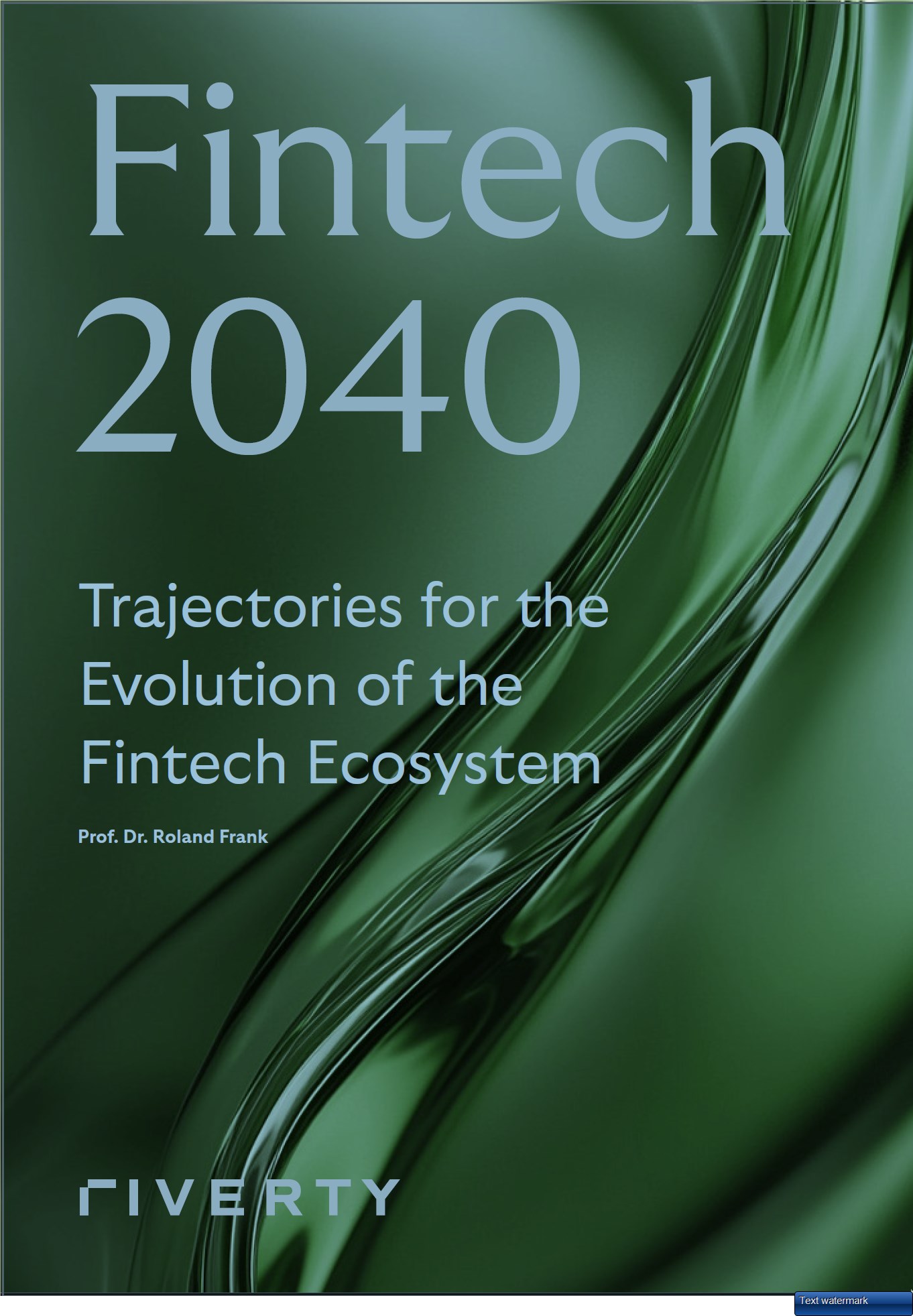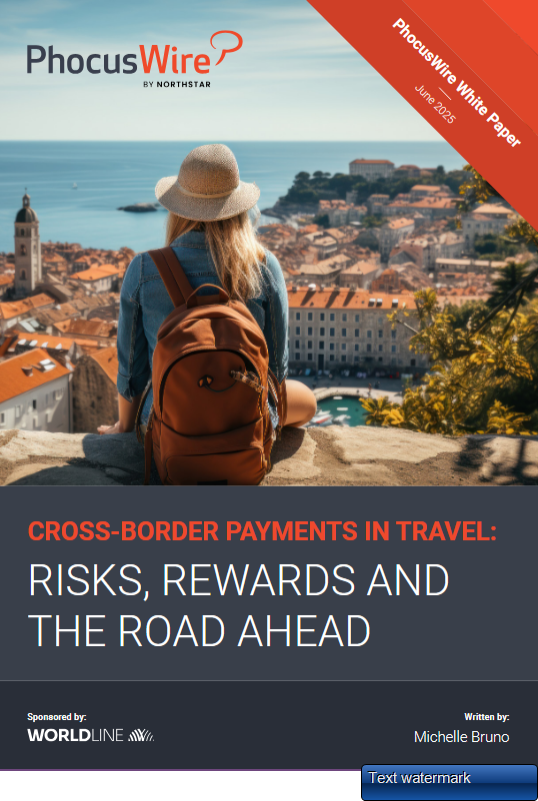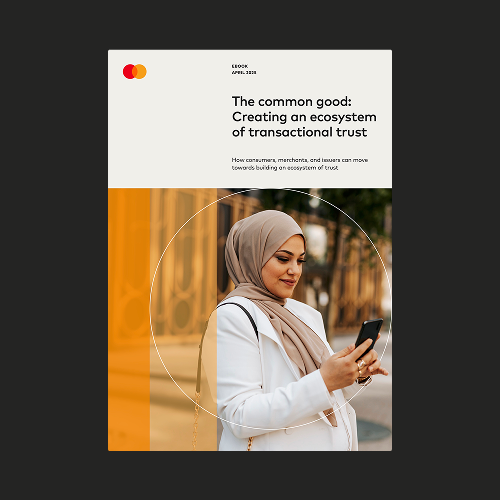CNP Fraud in 2021: What Has Changed, and What to Do About It
Fraud
Management/mitigation
Behavioral Analytics
Authentication
Biometrics
Uri Arad and Shmuli Goldberg -- Identiq
Mar 03, 2021
Webinars
Constant change is a continual challenge for fraud prevention professionals -- this has been especially true over the past year, as the world has been in flux due to the COVID-19 pandemic. From shifts in legitimate customer behaviors, to the rise of a gig economy for fraud, to refund fraud spikes, and the vulnerability that all of these things bring, there is a lot to consider -- and to protect against.
In this webinar, Identiq explores what has changed from a risk perspective and what it means for fraud prevention. Three approaches companies can take to combat today's threats are also considered. An extensive Q&A period closes out the broadcast.
In this webinar, Identiq explores what has changed from a risk perspective and what it means for fraud prevention. Three approaches companies can take to combat today's threats are also considered. An extensive Q&A period closes out the broadcast.
Some content is hidden, to be able to see it login here Login

Host a Webinar with the MRC
Help the MRC community stay current on relevant fraud, payments, and law enforcement topics.
Submit a Request
Publish Your Document with the MRC
Feature your case studies, surveys, and whitepapers in the MRC Resource Center.
Submit Your Document



